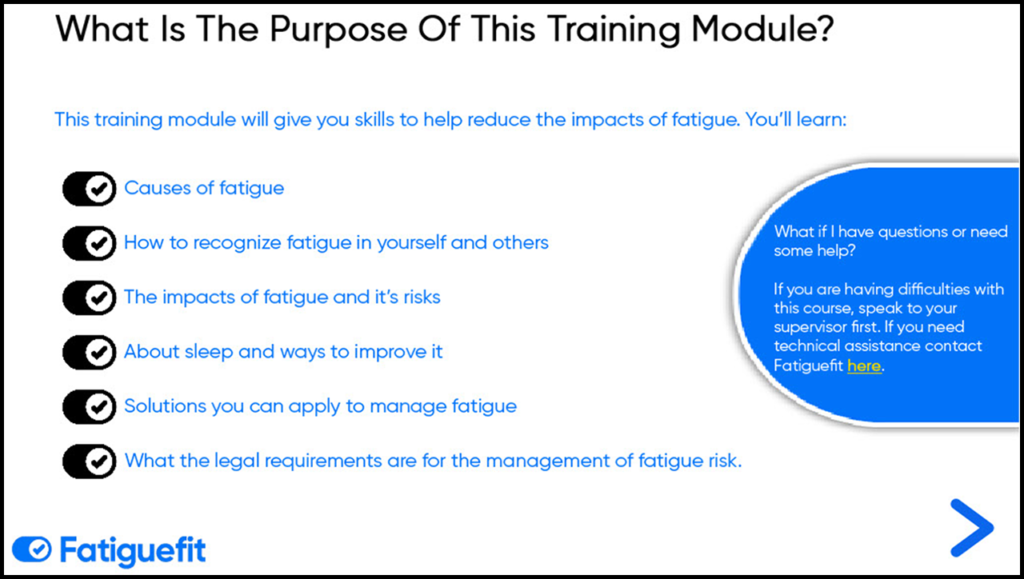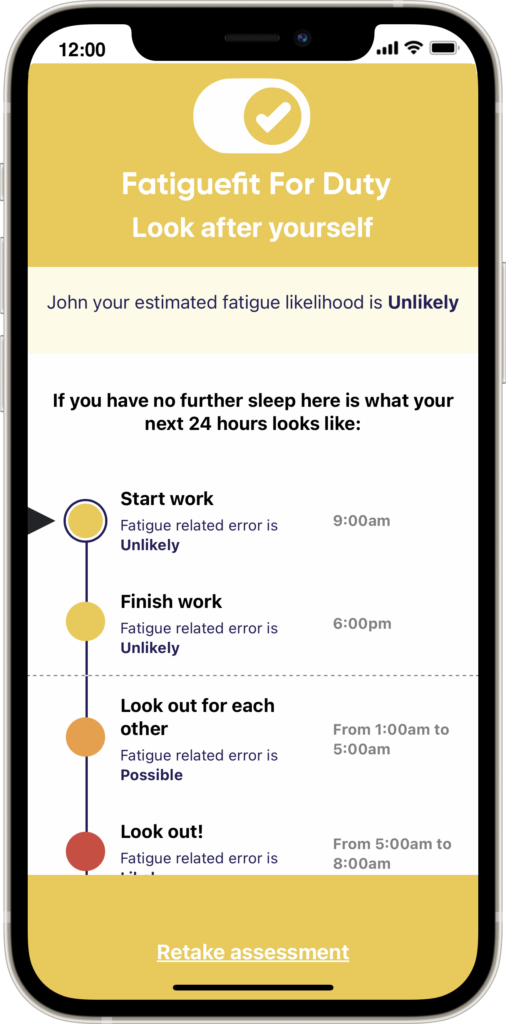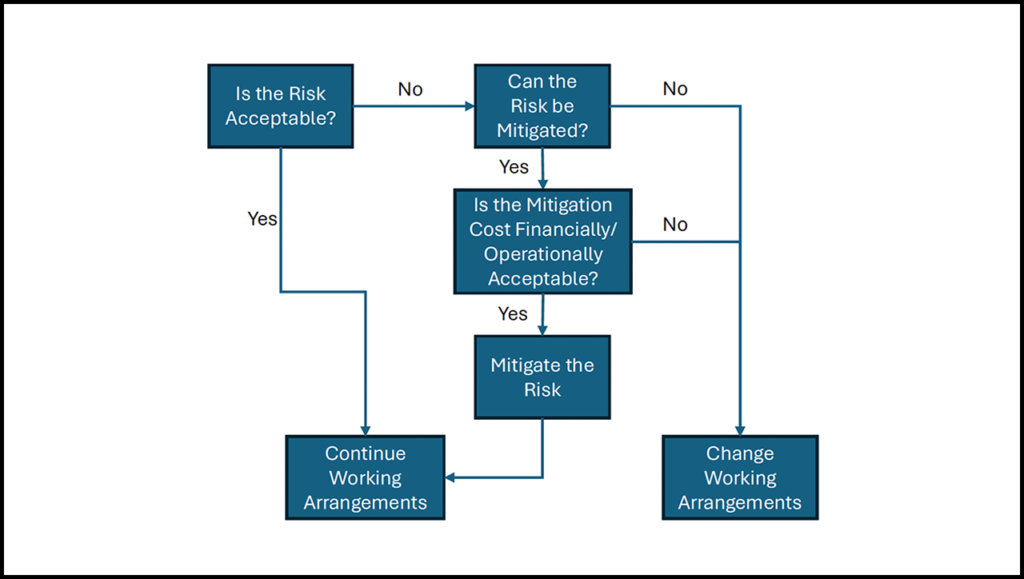
How to Implement Your FRMP—With Minimal Ops Impact
Written by Professor Drew Dawson and Michael Brazytis, Fatiguefit
In 2008, the Rail Safety Improvement Act was enacted to address safety concerns after the tragic accident in Chatsworth, Calif., and in response to several fatal accidents between 2002-2008. This regulation governed railroad safety areas such as hours of service requirements for railroad workers, PTC (Positive Train Control) implementation, standards for track inspection, certification for locomotive conductors, and safety at highway/rail grade crossings.
In 2020, the Federal Railroad Administration (FRA) moved to finalize the part of the Act that requires all Class I railroads, and those required by the FRA to have a Risk Reduction Plan (RRP) or System Safety Plan (SSP), to develop a Fatigue Risk Management Plan (FRMP).
Fatigue management has been discussed for years and both rail companies and unions have tried different approaches to address it, including work/rest boards, scheduled starts and assigned start time pools. Most of the Class I’s were working on the issue prior to the Chatsworth accident, knowing that if they and the unions didn’t address fatigue risk, the government (Congress/FRA/National Transportation Safety Board) would do it for them.
Why is implementing fatigue risk management more challenging now? Well, instead of a narrow approach that focused only on the TE&Y (train, engine and yard) population, companies now have a very broad group of safety-related employees who they must consider. Also, the fatigue management expertise that railroads built after 2008 has largely retired from the industry or moved to other roles.
This article explores how company leaders can implement their FRMPs without creating undue operational impacts and an unforeseen financial burden.
Since the FRA released the Fatigue Risk Management Programs for Certain Passenger and Freight Railroads Rule in June 2022, impacted railroads have written and submitted their FRMPs to the regulator. With the plan review process coming to an end, railroads must now focus their attention on the challenges of turning a theoretical planning document into pragmatic, on-ground actions.
What’s really changed with the new rule?
- Safe practice has been redefined. Compliance is no longer considered a proxy of safety. A standardized risk management approach is essential to address fatigue as a hazard, like any other risk in the rail industry. The focus has shifted to demonstrating the ability to identify, measure and mitigate fatigue-related risk effectively, over time.
- All safety sensitive roles are in scope. Going beyond the scope of enhanced hours of service rules, the FRMP must address all safety sensitive positions, which in addition to TE&Y also includes Engineering, Mechanical, Train Dispatchers, Hazmat and Management.
Taking a pragmatic approach to risk-based fatigue management comes down to sequentially implementing the following four components of your program:
1. Governance arrangements. Who owns the risk and who is accountable for what? The foundation of an FRMP is your policy. The policy defines ownership of fatigue-related risks and establishes clear accountability structures. Ownership and accountability are shared between management and employees, so it is essential that the roles of all stakeholders are clearly outlined. Your policy document must be clear and concise to support communication across the company. Our experience has shown that this can be efficiently achieved in two pages or less.
2. Training and education. With your FRMP policy in place, you must ensure that employees are aware of their obligations with respect to fatigue-related risk and know how measure and mitigate risk in their areas of control. Aim to keep training concise (multiple short modules; 30 minutes total time) and free from jargon.

Given the 24/7, geographically dispersed nature of railroad operations, the use of an e-learning platform allows employees to undertake training at convenient times and locations. E-learning also provides the company with a simple way of monitoring and reporting training uptake. While many railroads had previously developed training materials, most may now be outdated and not based on the latest fatigue management science.
3. Methodology for measurement and mitigation. First, you will need to quantify the level of risk, and this is usually demonstrated by answering the following questions:
• Have I provided employees with an adequate opportunity to obtain sufficient sleep in order to work safely? This is most efficiently done with a validated schedule analysis tool such as biomathematical models (e.g., FAID or FAST).
• Have employees used that opportunity to obtain sufficient sleep to work safely? Biomathematical models are available to calculate fatigue error likelihood based on actual hours of rest, and these have been joined in recent times with real-time apps (e.g., Fatiguefit for Duty).

• Is there any evidence of individuals exhibiting symptoms that might indicate that they are too fatigued to work safely? This is achieved using validated self-assessment tools such as the Karolinska Sleepiness Scale (KSS) and clinically validated screeners for sleep disorders, like the Sleepfit app.

• Is there any evidence that people are making errors in their job that might indicate that they are too fatigued to work safely? Known as fatigue-proofing, this includes having transparent error reporting systems, communicating lessons learned and auditing error management skills.
• Is there any evidence to suggest that fatigue may have contributed to, or caused an accident, injury or near-miss in the workplace? Use a validated model as part of every incident investigation to achieve a consistent and repeatable assessment of fatigue’s likely contribution to an event.
Having answered these questions, employers need to decide if the risk is acceptable. If yes, then continue with the working arrangement. If it is not acceptable, can the risk be sufficiently mitigated to continue working safely? If yes, mitigate the risk and continue with the working arrangement. If not, change the working arrangement so it is safe to continue.
For most organizations, the challenge is to first decide what controls would be legally and scientifically sufficient to safely mitigate the risk; second, is the cost to mitigate the risk acceptable from financial/operational perspectives?

As outlined above, the other key difference is that you must provide the regulator with ongoing evidence that you are managing the risk effectively. This will require the organization to ask itself in a thoughtful way if it has identified the risks and whether it has adequately controlled them.
4. Ongoing risk management. Are you doing what you said you would do and is it achieving the outcomes you were expecting? Simply put, can the company demonstrate that they are following their fatigue management policy as far as is reasonably practical, and is their policy effective? The rule outlines the requirement for railroads to update their FRMPs as part of the annual internal assessment of its SSP with subsequent review of any amendments by the FRA.
In summary, the shifts from a compliance-based approach for fatigue management to a risk-based approach may seem complicated and daunting. In practice, it can be achieved with minimal operational impact by implementing the four components outlined above—each of which builds on the previous step to create a logical FRMP that is both scientifically and legally defensible.
Depending on your starting point, 36 months to implement your approved plan may not feel like a lot of time. Prioritizing your actions based on an assessment of fatigue risk across all crafts and service units will help you to manage cost, while displaying to the regulator that you are maximizing safety outcomes.
Professor Drew Dawson

Drew Dawson is an internationally recognized authority on shift work and fatigue with more than 200 international peer reviewed publications over 30 years. He has published extensively on fatigue risk management in real world settings and has pioneered risk-based approaches to fatigue management based on ISO31000. Dawson was the founding Director of the Appleton Institute in Australia, globally recognized for its work in shift work and fatigue risk management. He was made an Honorary Fellow of the Australian Institute of Health and Safety for his work in reducing fatigue-related accidents.
In North America, he has been a scientific policy advisor for regulators including:
- FRA
- FMCSA
- Railroad Association of Canada
- SafeWork BC in Canada
In Australia, Dawson has been a fatigue subject matter expert for many government agencies including:
- The Office of the National Rail Safety Regulator since 2008
- The National Heavy Vehicle Regulator since 2001
- The Civil Aviation Safety Authority, 1997-2006
- SafeWork Australia 2014-2018
He has provided consultancy services to most of the Class I railroads in the U.S. and Canada, and all of those in Australia.
Dawson’s research and IP underpinned the development of the original FAID software suite and the Fatiguefit product suite.
Michael Brazytis

Brazytis is a 36-year veteran of the railroad industry, including 10 years as the General Director Crew Management for Union Pacific Railroad. His experience includes senior roles in Dispatch and Transportation, as well as 10 years in Engineering/Maintenance of Way.
Fatigue risk management has been a career passion for Brazytis and that is reflected in the influential role he has played at the forefront of the industry’s approach including:
- Working with the FRA to develop and implement Electronic Hours of Service, which were used in the development of the Hours of Service rules in the 2008 Rail Safety Improvement Act.
- Representing the Union Pacific Railroad at the Rail Safety Advisory Committee for the 2008 Rail Safety Improvement Act.
- Working with Prof. Drew Dawson and Dr. Denny Holland in developing the Fatigue Risk Management Plan for Union Pacific Railroad.
- Implementing the use of Fatigue Analysis InterDyne (FAID) in conjunction with InterDynamics on the Union Pacific Railroad.



![“This record growth [in fiscal year 2024’s third quarter] is a direct result of our innovative logistic solutions during supply chain disruptions as shippers focus on diversifying their trade lanes,” Port NOLA President and CEO and New Orleans Public Belt (NOPB) CEO Brandy D. Christian said during a May 2 announcement (Port NOLA Photograph)](https://www.railwayage.com/wp-content/uploads/2024/05/portnola-315x168.png)